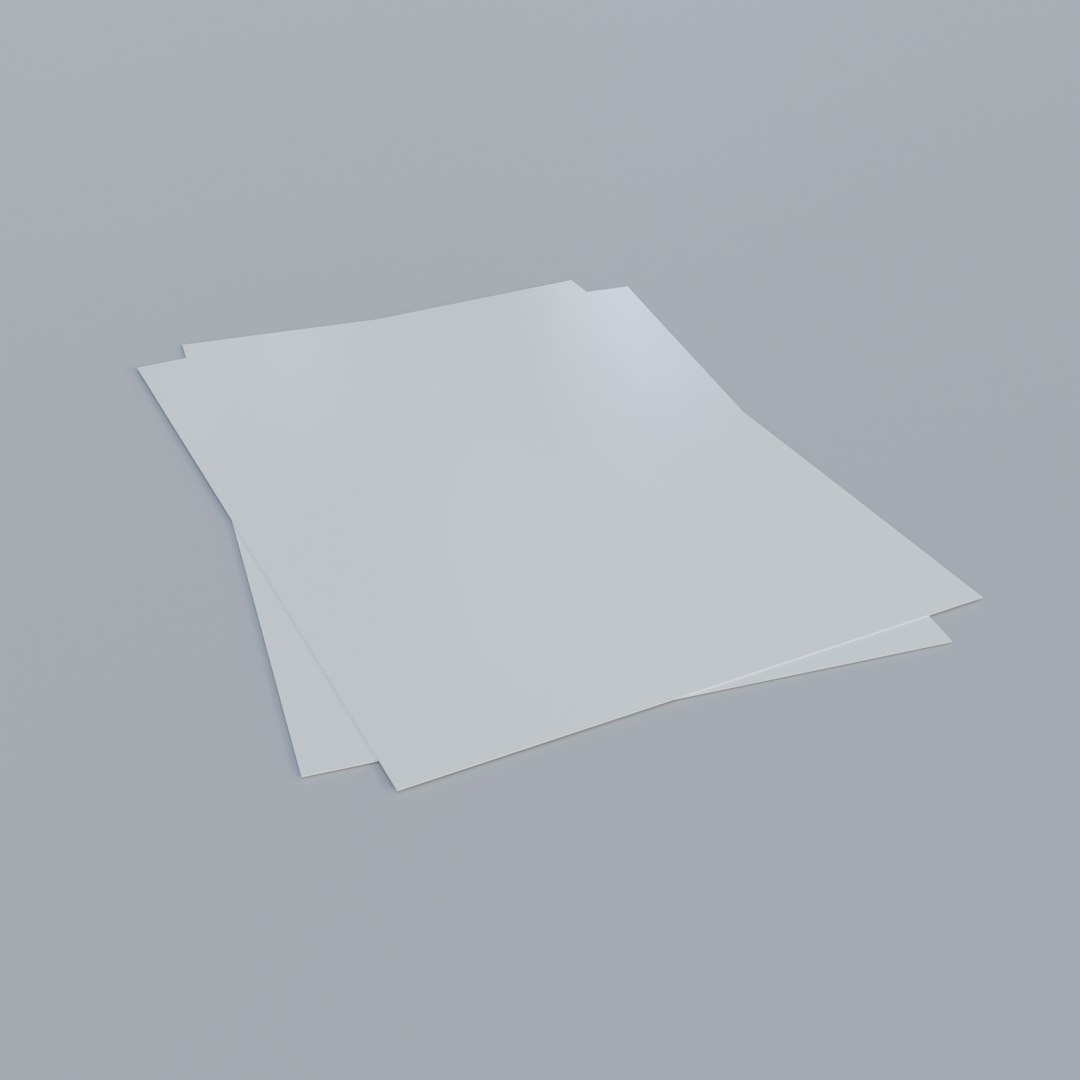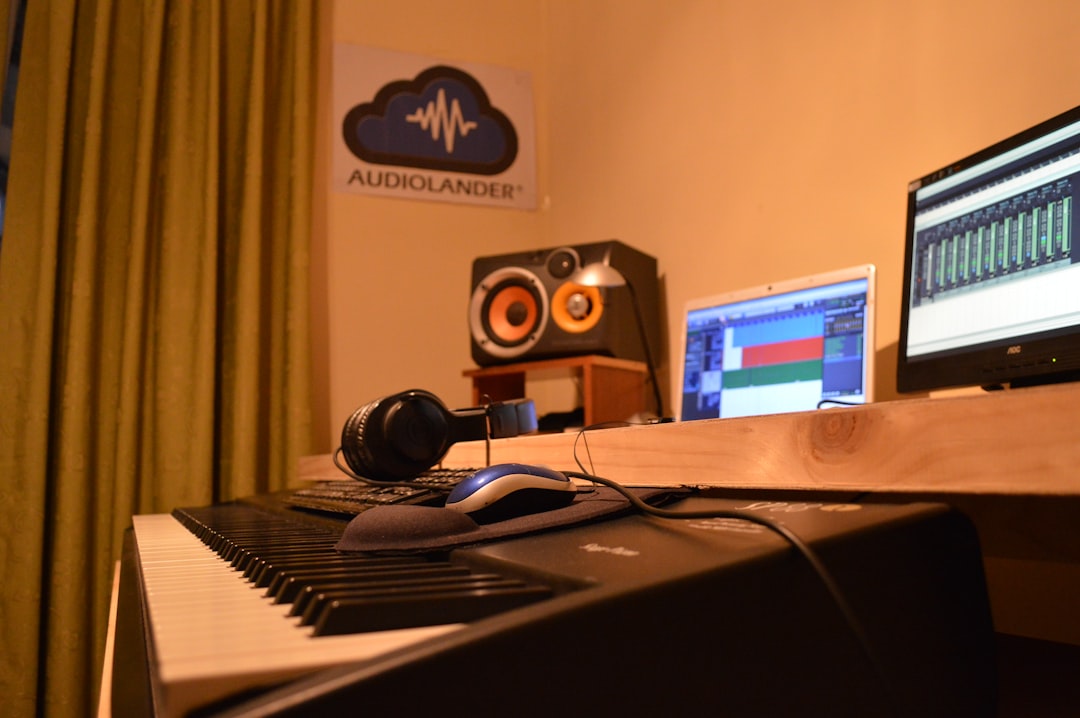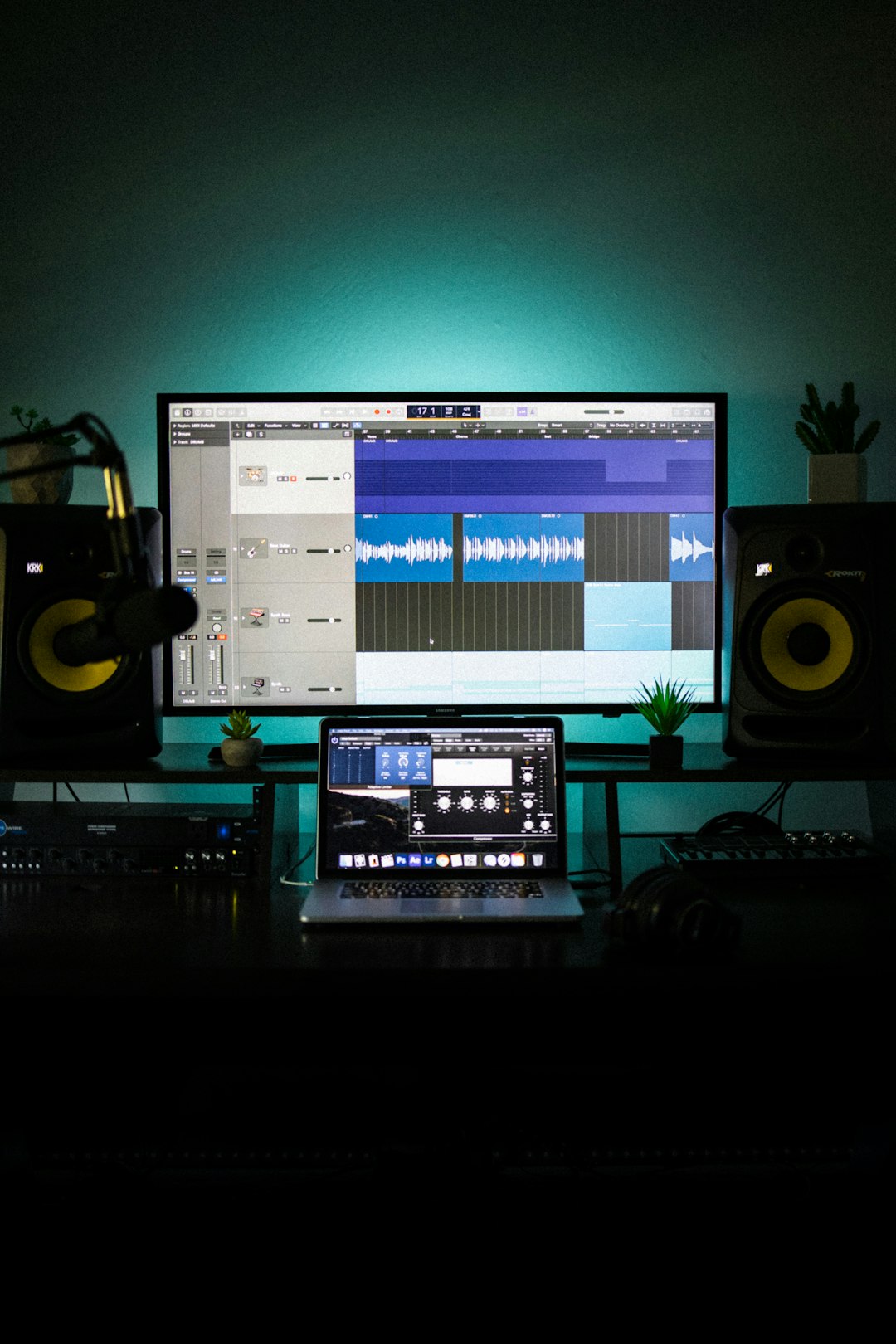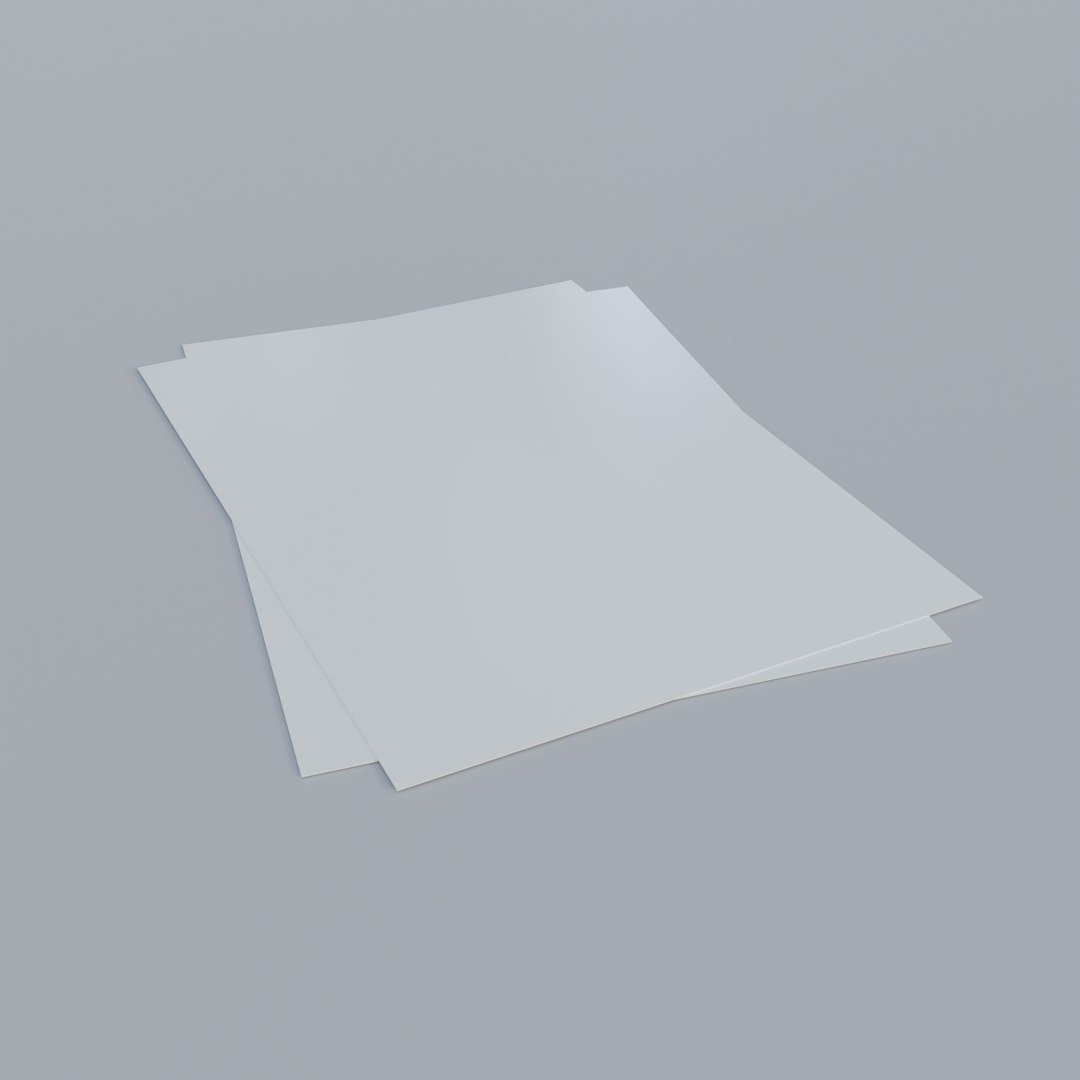The world of digital audio creation and manipulation has opened exciting doors for musicians, producers, and sound designers. One of the tools many turn to is the SF2 format, also known as the SoundFont 2 format, which provides a convenient way to store instruments, samples, and audio details. However, many beginners encounter a common challenge: their desired content is often downloaded as a ZIP file. How do you go from that ZIP archive to a usable .sf2 format quickly, easily, and—most importantly—without spending a dime?
Thankfully, there are several free and easy methods to convert ZIP files to SF2 without needing premium software or technical expertise. In this article, we’re going to walk you through the methods, tools, and tips you need to make that conversion seamless and stress-free.
Table of Contents
Understanding the ZIP and SF2 Formats
Before we dive into the actual conversion process, let’s take a quick look at what each of these file types represent:
- ZIP: A compressed archive that can contain many files and folders. People often use ZIP to distribute digital instrument libraries, especially free SoundFont packs, in a single download.
- SF2 (SoundFont 2): A file format developed by E-MU Systems and Creative Labs that contains high-quality audio samples, mapping data, and parameters for digital instruments typically used in MIDI playback or synthesis.
In most cases, the ZIP file itself doesn’t directly convert into an SF2 file. Instead, it contains the files (such as WAV samples and preset info) that can be used to build or extract an SF2 file.
Extracting the ZIP Archive
The first step is always to extract the contents of the ZIP archive. Depending on your operating system, this is done using free built-in software or third-party tools like:
Once extracted, inspect the contents of the ZIP folder. Usually, you’ll find:
- .wav or .aiff audio samples
- A preset or patch file (sometimes .sfz or a readme file with info)
- Folders organizing instruments or multisamples
If an SF2 is already inside the ZIP file, congratulations—you’re done. But in many cases, you’ll need to create your own SF2 using the extracted content.

Free Tools for Creating and Editing SF2 Files
Several completely free programs can help you build or edit SF2 files using the samples in your extracted ZIP folder. Here are some of the top choices:
1. Polyphone SoundFont Editor
Polyphone is one of the most powerful free tools available for SoundFont creation. It works on Windows, Mac, and Linux, offering a user-friendly GUI that simplifies SF2 assembly.
Key features include:
- Importing WAV files
- Creating instruments and presets
- Assigning sample zones and loop points
- Exporting to SF2 or SFZ format
Simply load your extracted WAV samples from the ZIP archive into Polyphone, assign them to an instrument, define a preset, and export your SF2.
2. Viena SoundFont Editor
Viena is another option for Windows users. While it’s not as versatile as Polyphone, it offers a simpler interface for quick editing and conversion of audio samples to SF2 format.
It supports:
- Sample importing
- Basic ADSR envelope editing
- Preset arrangement
- SF2 export
Step-by-Step Guide to Converting ZIP to SF2 (Using Polyphone)
Let’s walk through the process of going from ZIP to SF2 using Polyphone:
- Extract the ZIP archive to a folder on your computer.
- Open Polyphone and create a new SoundFont project.
- Import WAV samples into the “samples” section of the editor.
- Create instruments and assign appropriate zones (based on note or velocity ranges).
- Create presets using your instruments. Presets are what you’ll access in samplers or MIDI players.
- Export your SF2 file by going to File > Export > SoundFont 2 (.sf2).
This structured method ensures your SoundFont is ready to use in compatible environments, including DAWs, virtual instruments, and MIDI players.

Common Issues and How to Avoid Them
While converting ZIP to SF2 is generally straightforward, you might encounter a few hiccups. Here’s how to avoid the most common ones:
- Missing samples: Make sure all sample files are present in the ZIP contents. Some ZIPs are incomplete or corrupted.
- Unsupported formats: Ensure your audio samples are in WAV or compatible formats. MP3s are not ideal for SoundFont creation due to lossy compression.
- Incorrect key mapping: During the creation process in Polyphone or Viena, double-check that samples are mapped correctly across note and velocity ranges.
- Empty SF2 output: Verify that you’ve assigned instruments to presets, or your exported SoundFont will appear empty when loaded in a DAW.
Using SF2 Files in Digital Audio Workstations
Once you’ve generated your SF2 file, what can you do with it? Plenty! SF2 files can be loaded into many free and paid samplers and synthesizers. Some top options include:
- VST/AU SoundFont Players: Such as Plogue Sforzando, TX16Wx, and FluidSynth-based players.
- DAWs with Built-In SF2 Support: FL Studio, LMMS, and Cakewalk all support SoundFonts either natively or via plugins.
- Game Development: SF2s are also used in retro game design, chiptune creation, and MIDI sequencing for immersive musical experiences.
Why Stay Away from Paid Converters?
Many online ads and software sites promise “one-click ZIP to SF2 conversion” behind a paywall. In reality, these tools often offer no more convenience than free alternatives like Polyphone.
Going the free route gives you these benefits:
- Transparency: You know exactly how your SoundFont is built.
- Customization: You can edit, fine-tune, and optimize your instruments without limitations.
- No hidden costs: Save your money for high-quality sample libraries or gear!

Final Thoughts
Converting a ZIP file into a usable SF2 SoundFont is easier than it might seem. Thanks to incredible free tools like Polyphone and Viena, you can go from raw samples in a compressed folder to a professional-grade SoundFont ready to be used in any project.
This process not only empowers you to expand your sonic palette but also teaches you about sample mapping, instrument building, and the foundations of digital synthesis—all without directing you to a checkout page.
So the next time you download a juicy ZIP file full of audio inspiration, know that you have the power to turn it into something much more usable, playable, and creative. All it takes is your time, your curiosity, and a few free tools.
Happy SoundFont crafting!




